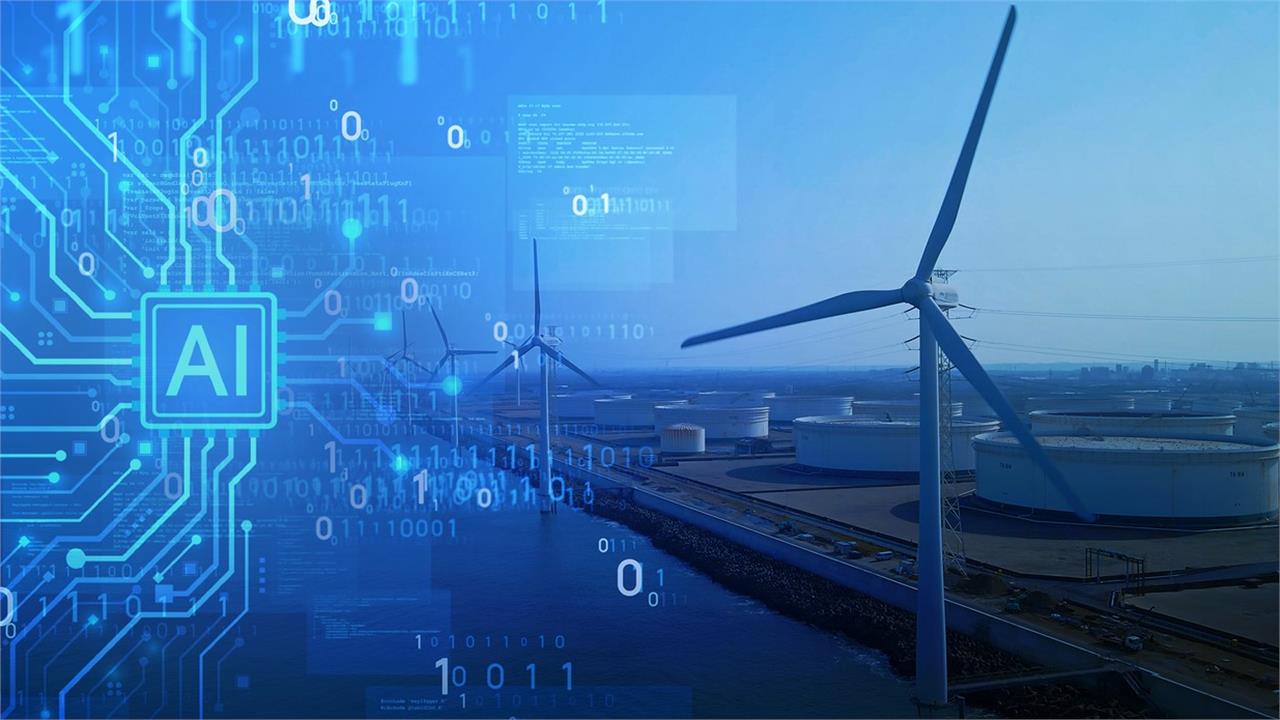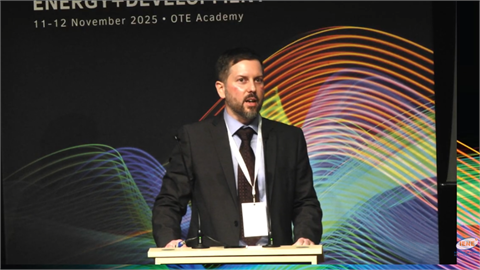In light of the highly successful webinar on “AI & Energy Transition” which IENE organised on May 20 (link), the Institute’s research team prepared this latest analysis in order to capitalise on the lessons learned and also to help keep the subject in focus. The reason being, as it the analysis explains in some detail, that there are serious implications in terms of future energy demand and supply allocation.
As the IENE analysis notes, over the last few years, Artificial Intelligence (AI) has soared to the top of the political, economic and business agenda. Once a mostly academic pursuit, it has evolved into an industry with trillions of dollars at stake. Despite significant uncertainties, it is now very clear. AI is coming. In many sectors, it is already here. This has major consequences for the global energy sector. There is no AI without energy – specifically electricity. At the same time, AI has the potential to transform the sector’s future.
The energy sector is therefore at the heart of one of the most important technological revolutions today. However, there is still a lack of understanding of the stakes and implications of this deepening connection between energy and AI. According to the IEA, global investment in data centres has nearly doubled since 2022 and amounted to half a trillion dollars in 2024. This investment boom has led to growing concerns about skyrocketing electricity demand. Data centres accounted for around 1.5% of the world’s electricity consumption in 2024, or 415 TWh. The United States accounted for the largest share of global data centres’ electricity consumption in 2024 (45%), followed by China (25%) and Europe (15%).
The current Analysis, which is available here, examines in some detail the current and future status of AI in terms of energy and how this combination may have impact on the wider region of SE Europe.
The importance of AI in the energy sector is growing rapidly, transforming how energy is generated, distributed, consumed, and managed. As the world transitions to cleaner, smarter, and more resilient energy systems, AI serves as a powerful enabler. It helps utilities, governments, and consumers make better-informed decisions, optimize efficiency, reduce emissions, and enhance system reliability in real time.
One of AI’s most significant roles is in managing the complexity of modern power grids, which must now accommodate decentralized, intermittent renewable sources like wind and solar. AI algorithms can forecast energy demand and generation with high accuracy, balance supply and demand dynamically, and detect and respond to faults more quickly than human operators. This helps prevent blackouts, reduce energy waste, and integrate higher levels of renewables without sacrificing grid stability.
AI also plays a crucial role in predictive maintenance and asset management. By analyzing data from sensors embedded in infrastructure—such as turbines, transformers, and pipelines—AI can detect anomalies and predict equipment failures before they occur. This reduces unplanned downtime, extends the life of assets, and lowers maintenance costs, which is especially critical for large-scale energy infrastructure that is costly and time-intensive to repair.
In summary, AI is becoming essential to the modernization and decarbonization of the energy sector on a global, European and SE European basis. Its ability to process vast amounts of data, learn from complex patterns, and make intelligent decisions in real time makes it a cornerstone of the future energy system. As challenges around energy security, affordability, and sustainability intensify, AI will remain a critical tool for creating smarter, greener, and more equitable energy solutions.




